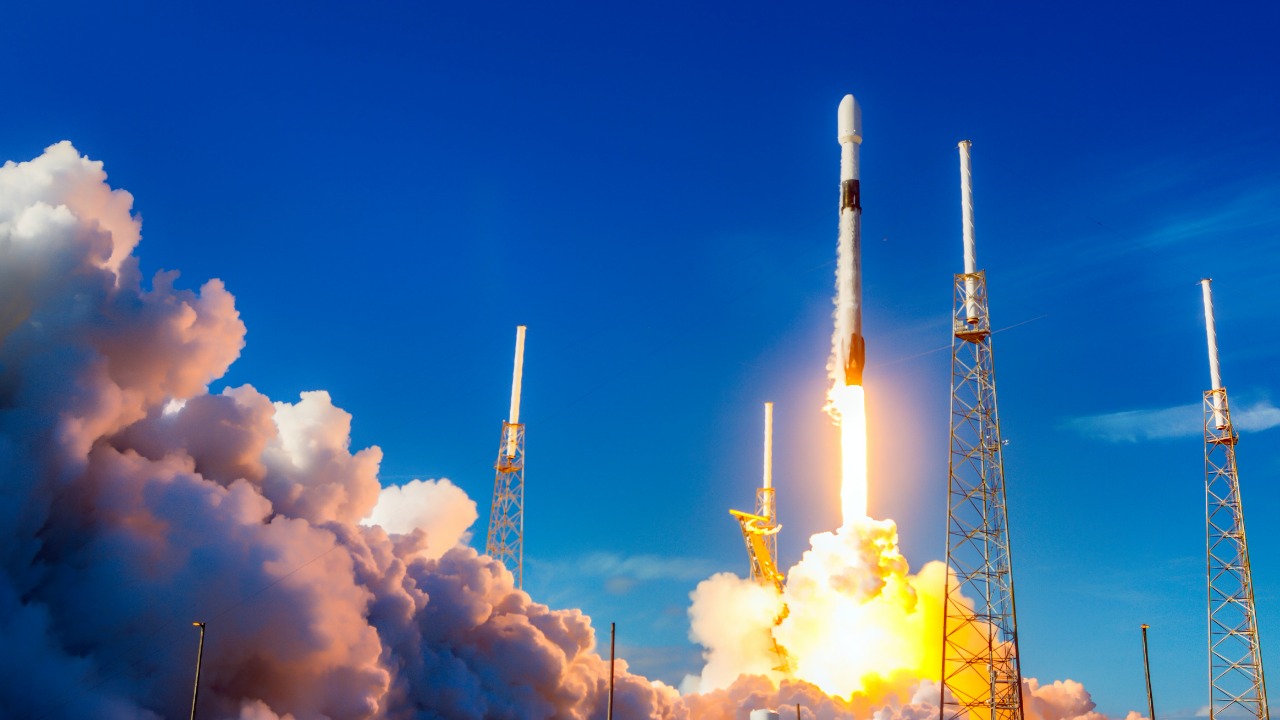
SpaceX’s ambitious Starship program, while groundbreaking, has faced notable setbacks marked by several high-profile explosions. These mishaps are not only a technological and engineering challenge but also come with significant financial implications as the costs of each failed launch begin to mount.
The Financial Toll of Starship Explosions
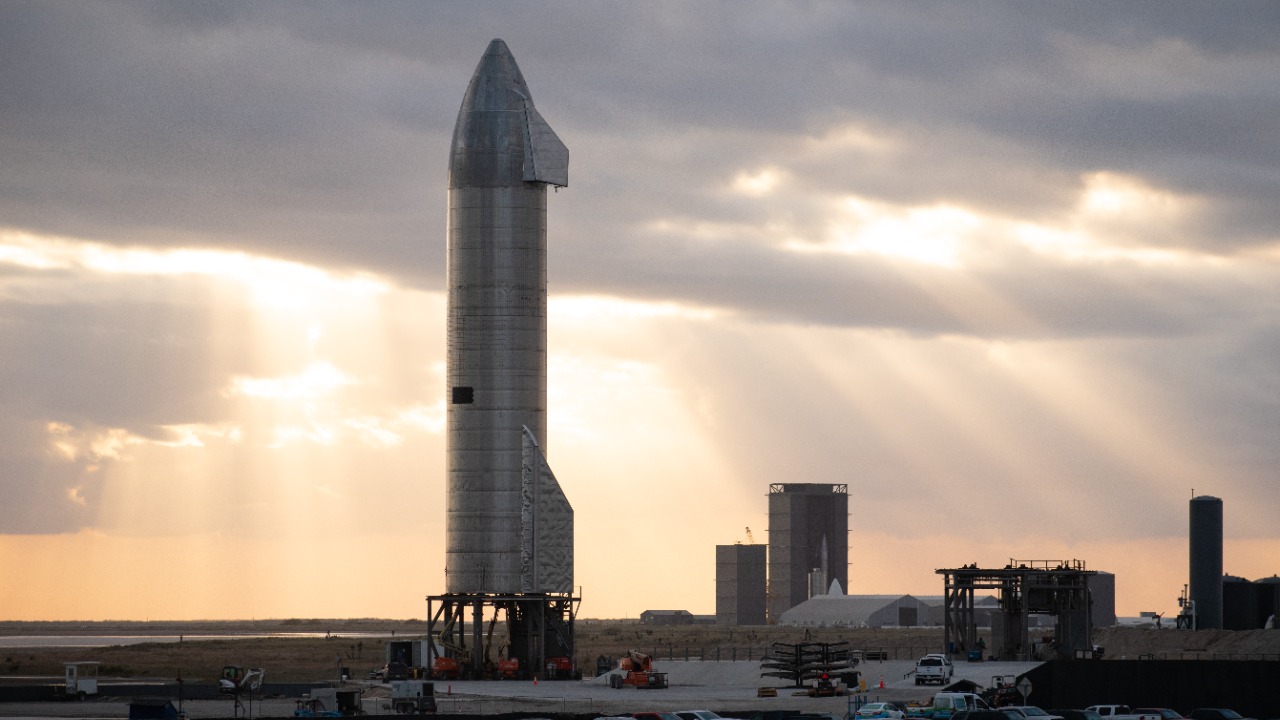
The financial implications of the Starship explosions are substantial, raising concerns about the sustainability of such costly failures. Each failed launch of SpaceX’s Starship can cost upwards of several million dollars, factoring in the cost of the spacecraft, launch operations, and the associated infrastructure. The expenses are not limited to the physical components but extend to the operational aspects such as fuel, labor, and time lost in preparing for a launch that ultimately fails. For instance, the explosion of SN1 in 2020 was estimated to have cost the company nearing $200 million, a substantial sum that highlights the financial risks of pursuing such an advanced aerospace program.
Managing these financial risks involves strategic use of insurance and liability considerations. SpaceX, like any major aerospace company, insures its launches to mitigate potential losses. However, the frequency and scale of these explosions could lead to increased insurance premiums or more stringent coverage requirements. The insurance companies, seeing a pattern in these mishaps, might demand higher premiums or impose more conditions on the policies, affecting SpaceX’s financial planning and potentially leading to reassessment of risk management strategies.
Technical Challenges Behind Explosions
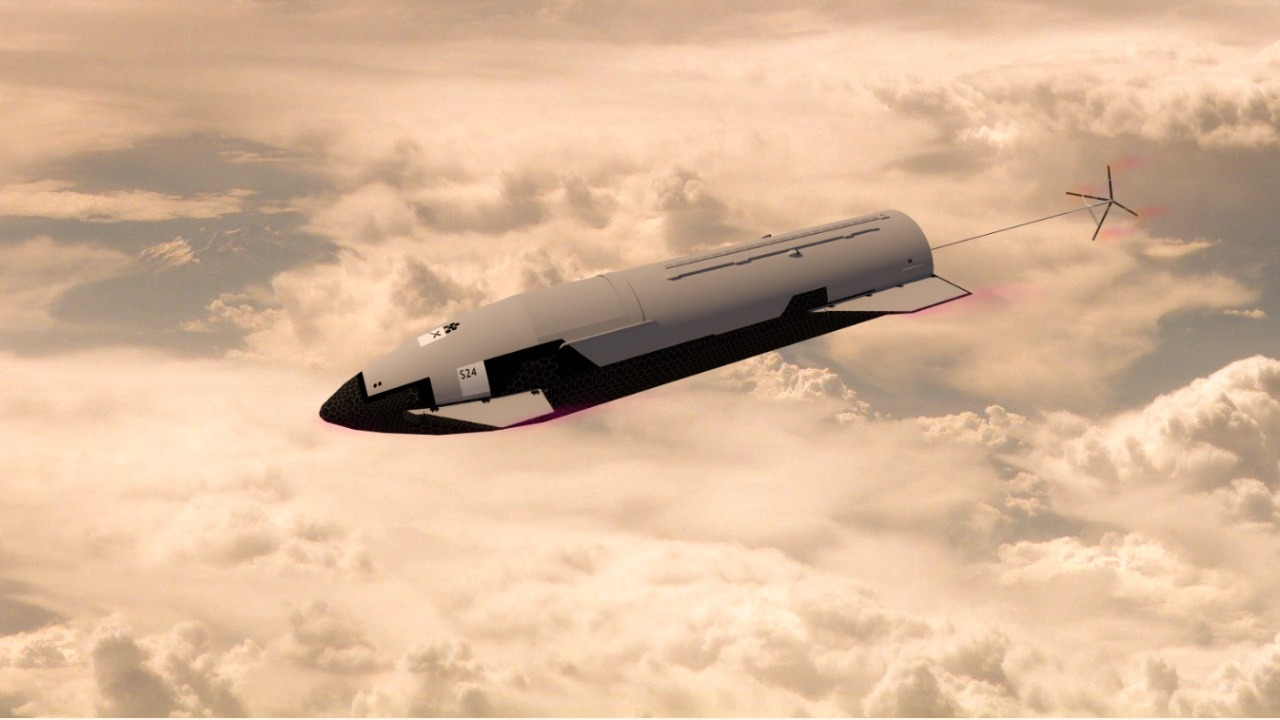
The technical challenges leading to Starship explosions are multifaceted, involving a complex interplay of engineering factors. One of the primary issues has been engine failures, which are often attributed to the extreme conditions under which the Raptor engines operate. These engines, while revolutionary in their design, have faced problems with pressure anomalies and overheating. For instance, the SN3 prototype experienced a catastrophic failure due to a pressurization issue that led to its destruction during a cryogenic pressure test.
Despite these setbacks, SpaceX is committed to learning from each failure. The company has implemented a series of solutions, such as redesigning certain components to withstand higher pressures and improving the software algorithms that control the flight dynamics. These lessons are crucial in refining their approach to prevent future mishaps. Each explosion, albeit costly, provides invaluable data that informs future designs and tests, allowing SpaceX to gradually overcome the technical hurdles that have plagued the Starship program.
Impact on SpaceX’s Long-Term Goals
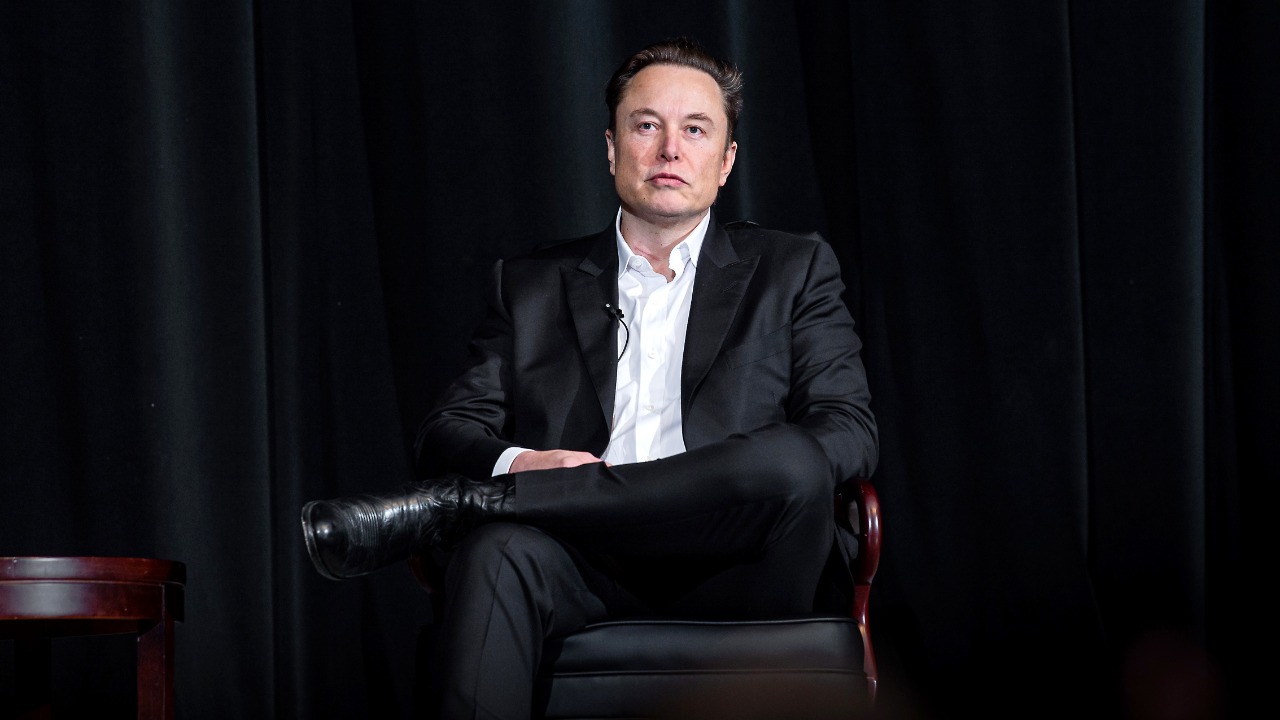
The repeated explosions of the Starship prototypes have inevitably caused delays in SpaceX’s project timelines. Elon Musk’s vision for Mars colonization is ambitious, with plans for a crewed mission to Mars initially set for the mid-2020s. However, these setbacks may push back such timelines as the company must first ensure the reliability and safety of the Starship vehicles. Each delay not only impacts SpaceX’s internal schedules but also the broader timeline for human space exploration and the potential for establishing a permanent human presence on Mars.
Beyond timelines, these challenges also affect SpaceX’s reputation within the aerospace industry and investor confidence. While SpaceX is known for its innovative approach and resilience, repeated failures can raise questions about the feasibility of its goals. Investors and stakeholders who have poured billions into SpaceX may become wary of the company’s ability to deliver on its promises. Maintaining confidence among these groups is crucial, as financial backing is essential for the continued development and testing of the Starship.
The Broader Implications for the Space Industry
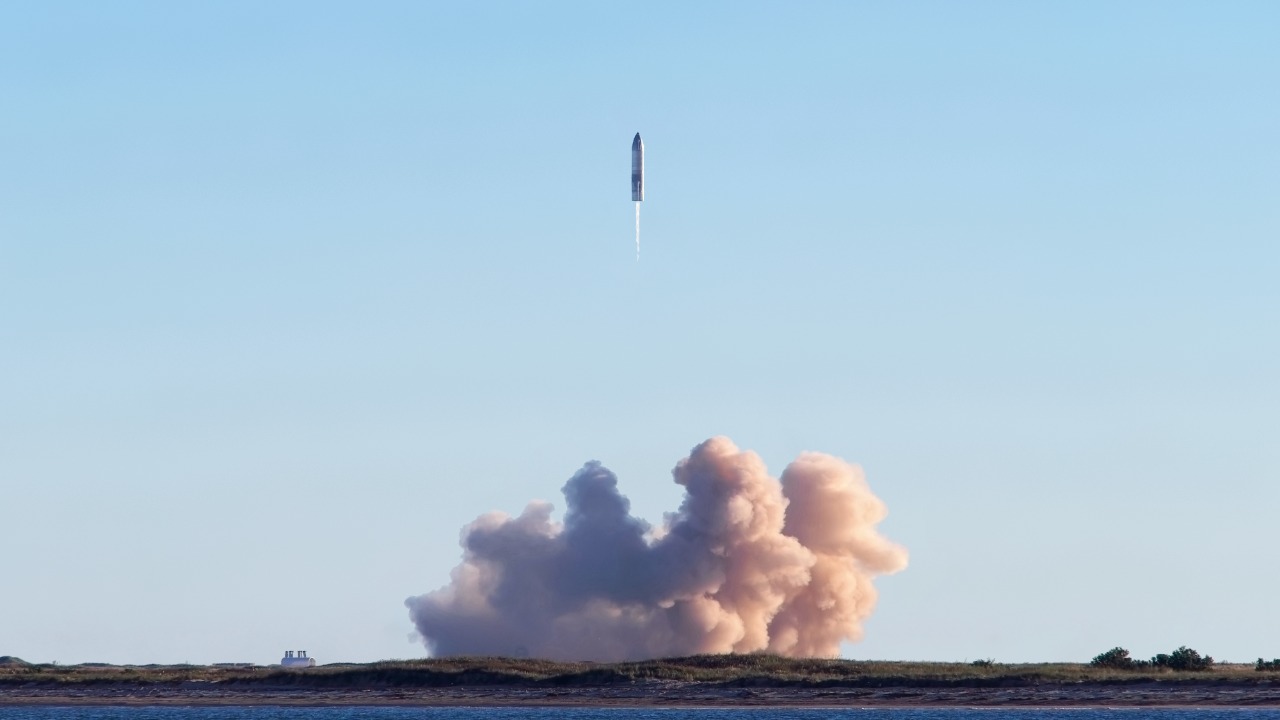
SpaceX’s challenges with the Starship program could have broader implications for the space industry as a whole. As a leader in space exploration, SpaceX’s setbacks may influence other companies who look to it for benchmarks in technology and innovation. Competitors might either see an opportunity to capitalize on SpaceX’s difficulties or could become more cautious in their own development endeavors, opting to refine their technologies further before attempting launches.
Another aspect to consider is the regulatory environment. Continuous mishaps might lead to stricter regulations and increased scrutiny from governmental bodies overseeing space launches. These agencies are responsible for ensuring public safety and the protection of airspace, and repeated failures could prompt them to implement more stringent safety protocols, potentially increasing the cost and complexity of space launches.
Public and Media Perception
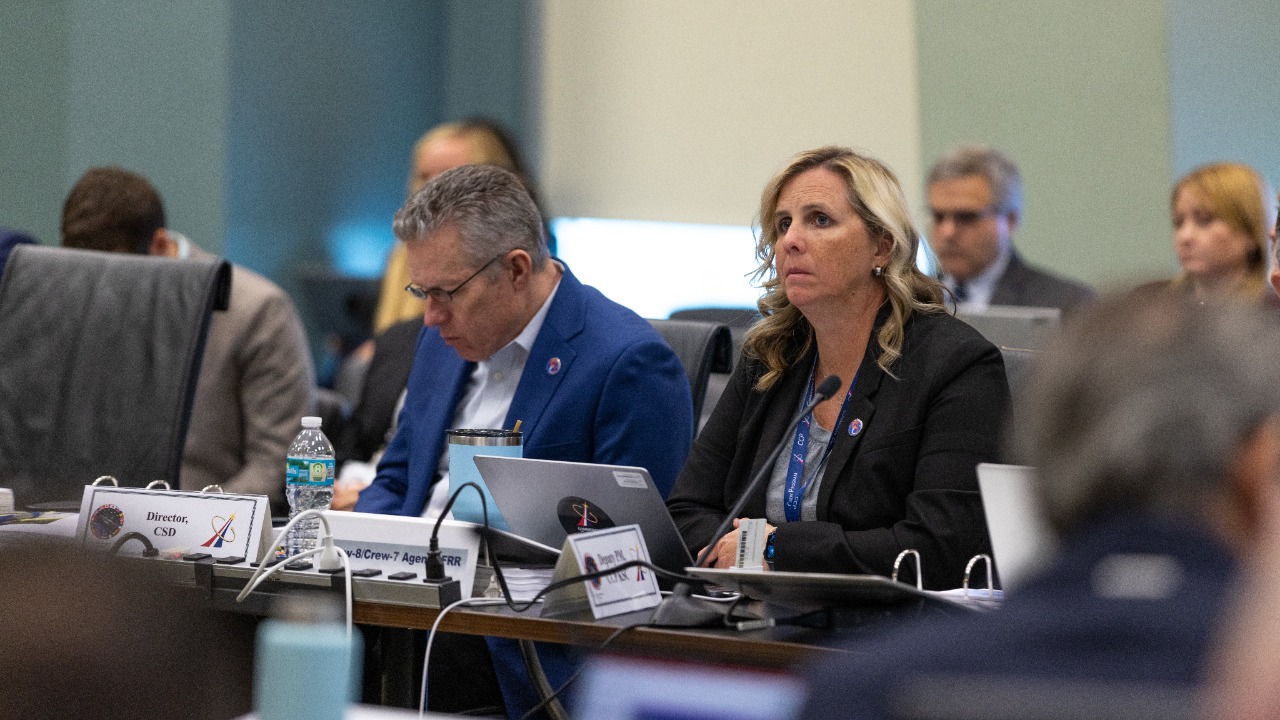
The public and media reaction to SpaceX’s explosions has been mixed, with some viewing these setbacks as a natural part of ambitious aerospace development, while others express skepticism about the company’s ability to achieve its lofty goals. Media coverage often highlights both the failures and the resilience of SpaceX, recognizing the company’s commitment to innovation despite the setbacks. The narrative often focuses on how each failure is a step towards the ultimate goal of successful space travel.
SpaceX’s communication strategy plays a crucial role in shaping public perception. By maintaining transparency about the causes of failures and the measures being taken to address them, SpaceX manages to balance realism with optimism. This approach helps sustain public and investor confidence, as the company continues to emphasize its long-term vision and the potential for groundbreaking successes. Engaging with platforms like Reddit for discussions and updates allows SpaceX to maintain a dialogue with its audience, fostering a community that supports its journey towards space exploration.